Orc
The great battles in the swamps against the Dark Shaman's undead legions inflicted devastating losses on the Ak'teshi Empire. Each time they sent Giants to attack their covens, the ranks of the risen armies swelled as the fallen were drained of their life force and transformed into husks. This grim practice, introduced by Kusatta, earned him the title 'Kusatta the Bloodied,' revered as an embodiment of dark powers. These Dark Shamans, now known as 'Orcs' for the last death rattle their victims cried during the draining process, transformed physically. Their skin became a pale greenish-gray skin. Their eyes a luminescent blood-red, their ears and teeth pointed and sharp.Orcs, who trace their lineage back to ancient humans, are famed for their warrior culture and exceptional combat abilities. Their name originates from their origins in Dark Shamanism, an art that eventually transformed into Necromancy. Kusatta the Bloodied, hailed as the first true Orc, guided his people to the territory recognized today as Khitang. During their journey, Kusatta's followers split into two factions: Those who had lost faith in his ways and the few addicted to the power of Dark Shamanism. Despite this division, the shaman caste, secluded in the Phang Mountains, wielded great influence.
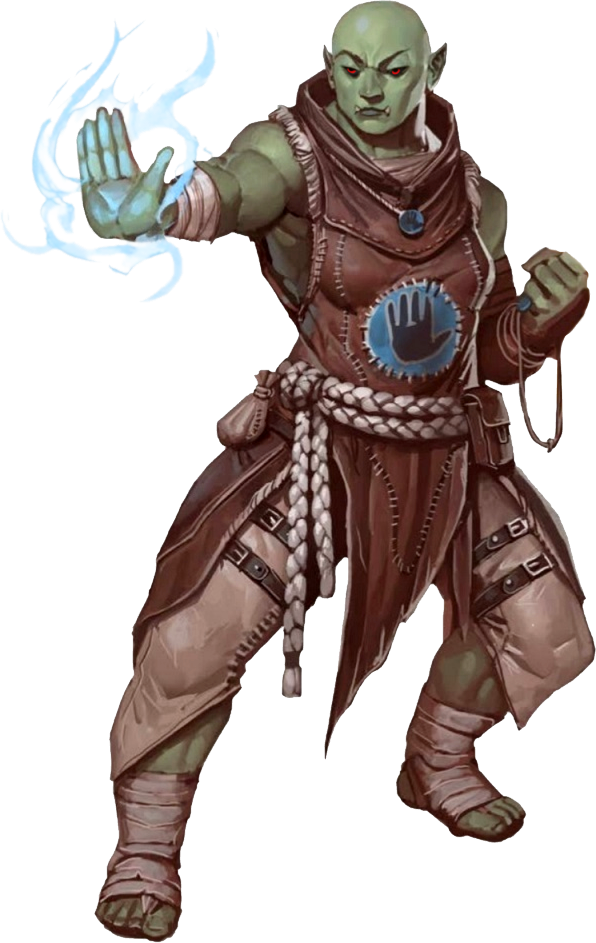
Physicality
Orcs closely resemble humans in stature and overall appearance, with a few notable exceptions that set them apart. These unique characteristics include prominent tusks, a pallid grey-green complexion, blood-red eyes, and sharply pointed ears. These distinctive traits are a testament to their distant ancestors' pursuit of ancient necromancy, an addiction that fundamentally altered their essence, transforming them into a distinct species separate from humanity. The relentless embrace of necromantic power by their forebears left an indelible mark on the Orcish lineage. While the curse's virulence has waned over time, its legacy endures, particularly when it comes to reproduction with other human-like species. The offspring of such unions, known as half-Orcs, face significant challenges in reproducing, with all but the few miraculous cases resulting in infertility. The enduring scar of this curse has deeply ingrained prejudice within Orcish society, leading them to harbor more pronounced biases than most against the practices of necromancy and any form of Magic associated with curses.Yin & Yang
Despite its tumultuous relationship with Orcs in the distant past, magic today holds a profound place in Orcish culture, transcending its utilitarian aspects to become a deeply philosophical practice. At its core lies the sacred interplay of "Yin" and "Yang," twin forces embodying the world's inherent duality—darkness and light, chaos and order. These sacred energies serve as the bedrock upon which their mystical heritage is built. To guard against the darker aspects of magic, Orcish society employs an array of protective wards: Intricate pendants, delicate bowls, and ornate rings not only facilitate the harmonious flow of Yin and Yang, but also function as potent talismans, capable of warding off evil magic and spirits. The radiant magic of Yang is harnessed to fortify allies with unwavering faith and disrupt foes with the tempestuous forces of the elements. Yang gives rise to spells capable of reshaping the very battlefield upon which they stand. In moments of dire need, Yang can unleash cataclysmic energies, channeling the formidable might of the Dragon Emperor himself. In stark contrast, practitioners of Yin possess the ability to gracefully deflect projectiles, summon spectral ancestors to grant them vengeance against adversaries, and enshroud allies in cloaks of obscurity. Operating from the shadows, Yin conceals and reveals, shielding and striking when the opportune moment arises. For spiritually inclined orcs, the philosophy of Yin and Yang extends to all aspects of life. Traditional healing practices encompass herbal remedies, acupuncture, and energy-balancing techniques. Oracles and healers, revered for their knowledge, utilize herbs and poultices to restore health and equilibrium. Others embark on journeys of self-discovery through simplicity, mindfulness, and meditation, finding clarity amidst internal turmoil and external chaos. Meditation becomes their sanctuary, guiding them towards inner peace amid life's tumultuous currents.Astromancy
Astromancy, also referred to as celestial magic, stands as a rare and esteemed art that found its origins during the reign of Hao-Shin Soulseeker, the first Dragon Emperor. Astromancy aligns with the spiritual beliefs of the orcs, characterized by its division into dark energy and light energy—Yin and Yang. Through the practice of Astromancy, skilled Astromancers tap into the influence of celestial bodies to shape their world. Orcish astromancers play a pivotal role as oracles, advisors, and village seers, interpreting the configurations of heavenly constellations in the night sky to foretell events like the ascension of new emperors, the onset of significant famines or wars, or the impending good or ill fortune that may befall an entire clan or family.Orcish Superstitions
Deeply ingrained superstitions shape beliefs and actions in many parts of orcish society. These convictions may seem puzzling to outsiders but are profound truths for many orcs. Wisened orcs interpret natural signs, from land patterns to bird flights, believing these offer insights into the intentions of earth and sky spirits. A white raven foretells conflict, while a gentle breeze symbolizes a departed loved one's blessing, guiding critical decisions, like the day of a battle or the selection of a leader. Ancestral spirits are revered in orcish culture, leading to rituals and offerings seeking their counsel and protection. Many clans believe their forebears' wisdom extends beyond the grave, with ancestor-related superstitions warning against actions like speaking ill of the deceased or disturbing their resting places. Honoring ancestors through storytelling and grave upkeep bestows blessings and protection. Taboos and safeguards also exist, like avoiding solitary nocturnal travel, carrying talismans against evil, and performing rituals to gain land guardian spirits' approval. To many orcs, disregarding these beliefs risks disaster.For Clan and Family
The family and clan are interwoven entities that serve as the foundation upon which orcish life is built. Orcish clans are extended families bound together by shared ancestry, traditions, and a profound sense of unity. At the helm of each clan sits a respected leader, typically an elder chosen for their ability to uphold the clan's honor and duty. Within orcish clans, the reverence for ancestors is paramount. Rituals and ceremonies dedicated to maintaining a harmonious connection between the living and the spirits of their forebears are central to their way of life. Ancestral wisdom is sought after and respected, and elders serve as keepers of this knowledge, offering guidance in times of need. Cultural values are transmitted through the art of storytelling, parables, and age-old tales passed down from generation to generation. These teachings impart the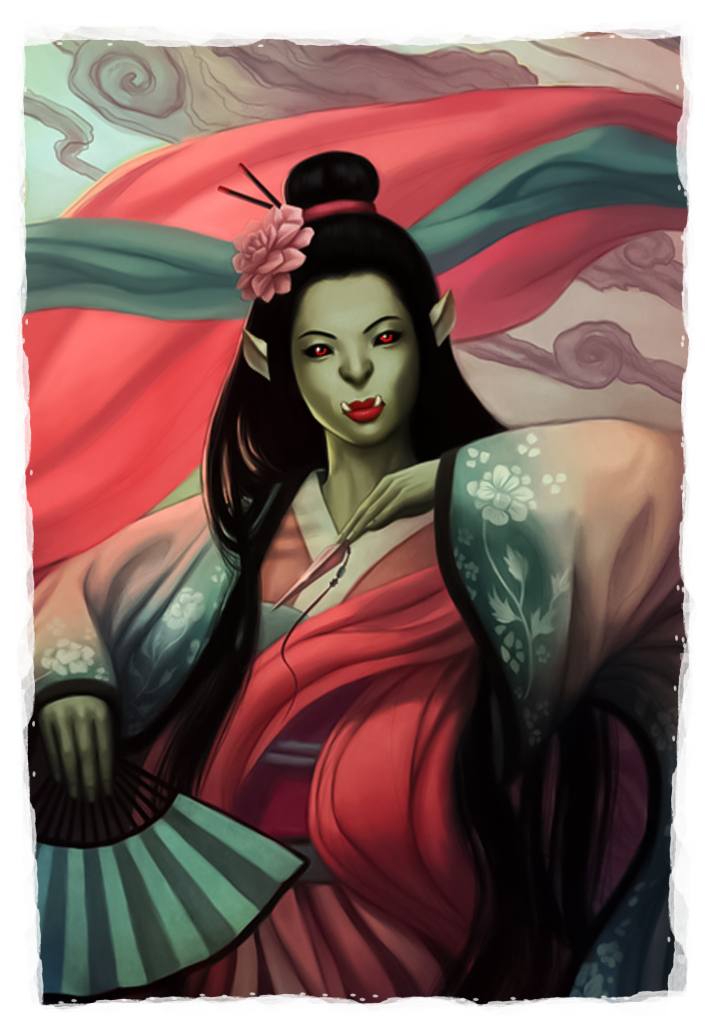
Tradition & the Collective
In orcish society, conformity and adherence to tradition reigns supreme. Orcish society thrives on a rigid hierarchy within clan and family structures, where the father or a male elder invariably assumes the role of the household's head. Ideally, each member of the clan understands their unique role, and this recognition extends to their commitment to the age-old customs that uphold their collective identity. Within Orcish culture, a guiding philosophy known simply as "The Way" illuminates their understanding of duty. Here, fulfilling one's responsibilities is not merely an obligation, but a journey towards personal growth, self-discovery, and alignment with the natural order. As an Orc reaches maturity, they are expected to walk this path and understand the deep sense of purpose that comes with it. This purpose extends beyond safeguarding their clan's honor; it also encompasses the vital role of preserving their cultural legacy. Orcish society is structured as a well-defined hierarchy, where the higher one's status within a family or clan, the more they are expected to adhere to tradition. Highborne families that hold esteemed positions in a clan's hierarchy bear the weight of history and reputation on their shoulders. Their every action and decision are viewed not merely as personal choices but as reflections of the entire clan's honor.Marriage & Death
In orcish culture, marriages are thoughtfully arranged, considering compatibility, social standing, and shared values, although love can also play a significant role. Families collaborate closely to ensure the well-being of both parties and the broader community. The journey to marriage commences with a formal proposal where the groom's family presents a dowry, marking the union's goodwill and commitment. A ceremonial feast, attended by both families and community leaders, symbolizes the joining of families and initiates negotiations. Before the wedding, the bride and groom spiritually prepare, seeking blessings from ancestral spirits through meditation and rituals. This connection guides their journey as a couple and ensures harmony within the union. The wedding itself is a grand outdoor affair, conducted by spiritual leaders, often shamans or elders. It includes vows, the exchange of sacred symbols, and invoking ancestral spirits and the land's blessing. Festivities follow, featuring feasting, music, dance, and storytelling, often accompanied by traditional orcish instruments. Rich in symbolism, Orcish weddings incorporate the color red for prosperity, dragon motifs for strength, and Khitanese silk to symbolize the couple's radiant future. Beyond individual unions, these marriages are commitments to the community, with newlyweds expected to contribute to its well-being. Divorce is rare, with elders and spiritual leaders mediating conflicts to preserve these sacred bonds. Orcish funeral rites are deeply rooted in ancestral reverence and spirituality, representing some of the most sacred ceremonies in their culture. These rituals aim to honor the deceased and aid their peaceful transition to the afterlife. When an Orc passes away, the community swiftly gathers to prepare for the funeral. The body is carefully cleansed and dressed in traditional Orcish attire, adorned with symbols reflecting clan affiliations and life accomplishments. Beloved possessions and personal items accompany the deceased, believed to journey with the soul to the next realm. The funeral itself is a solemn occasion led by shamans or spiritual leaders. The community gathers to pay respects and offer prayers, invoking ancestral spirits to guide the soul's journey and ensure a tranquil transition. Sacred rituals cleanse the spirit of earthly attachments. Following these ceremonies, the body is placed in a beautifully adorned burial casket and transported to a spiritually significant natural burial site. There, the community witnesses the casket's lowering into the earth. Family and friends bid farewell, share anecdotes, and provide mutual support, fostering reflection, remembrance, and unity. A stone marker, inscribed with the individual's name and clan, designates the final resting place.Reverence for Nature
Many rural-dwelling Orcs hold a profound reverence for the natural world that surrounds them, a belief deeply intertwined with the principles of Yin and Yang. Many orcish farmers see themselves as stewards of the land, understanding that their actions must harmonize with the cycles of nature. This commitment to aligning their agriculture, lifestyle, and practices with the rhythms of the world is seen as a fundamental duty to maintain balance. To the more superstitious among these rural Orcs, keeping harmony with nature is not only a choice but a necessity. Many Orcs believe that the natural world is imbued with spirits that inhabit every rock, tree, and stream, and that these ethereal guardians watch over their domains and ensure the well-being of the environment. Many farmers hold a profound belief that disrupting this delicate equilibrium through negligence or disregard would incur the wrath of these spirits, resulting in dire consequences for the land and its inhabitants.Swordsmanship
In Orcish culture, swordsmanship is not just a skill but a sacred art deeply woven into their way of life. To become a swordsman is seen as a great honor. Some Orcs are said to be born with the will of a swordsman, taking easily to a blade at a young age. These young warriors immerse themselves in the teachings of the blade, learning not only its physical techniques but also its spiritual and philosophical aspects. They see the sword as a symbol of their strength, resilience, and unwavering determination, considering it an extension of their soul. Among the illustrious ranks of Orcish swordsmen, the greatest were often said to be direct descendants of Tao-Shun's three sons: Lei-Shun, Jhiao-Shun, and Fu-Shun. These legendary warrior-princes were believed to have received three equally legendary jade swords, each gifted by a mythical swordsmith whose name has since faded into the annals of time. This reverence for swordsmanship is steeped in tradition, passed down meticulously through generations. Each new generation of warriors upholds the legacy of their forebears, ensuring that the art remains a cornerstone of orcish culture. Orcish swordsmen and swordsmiths forge deep connections with their blades, naming them and treating them with utmost respect. This bond reflects a spiritual connection, where each sword swing echoes the warrior's inner strength and resolve, and the skill of the swordsmith's art.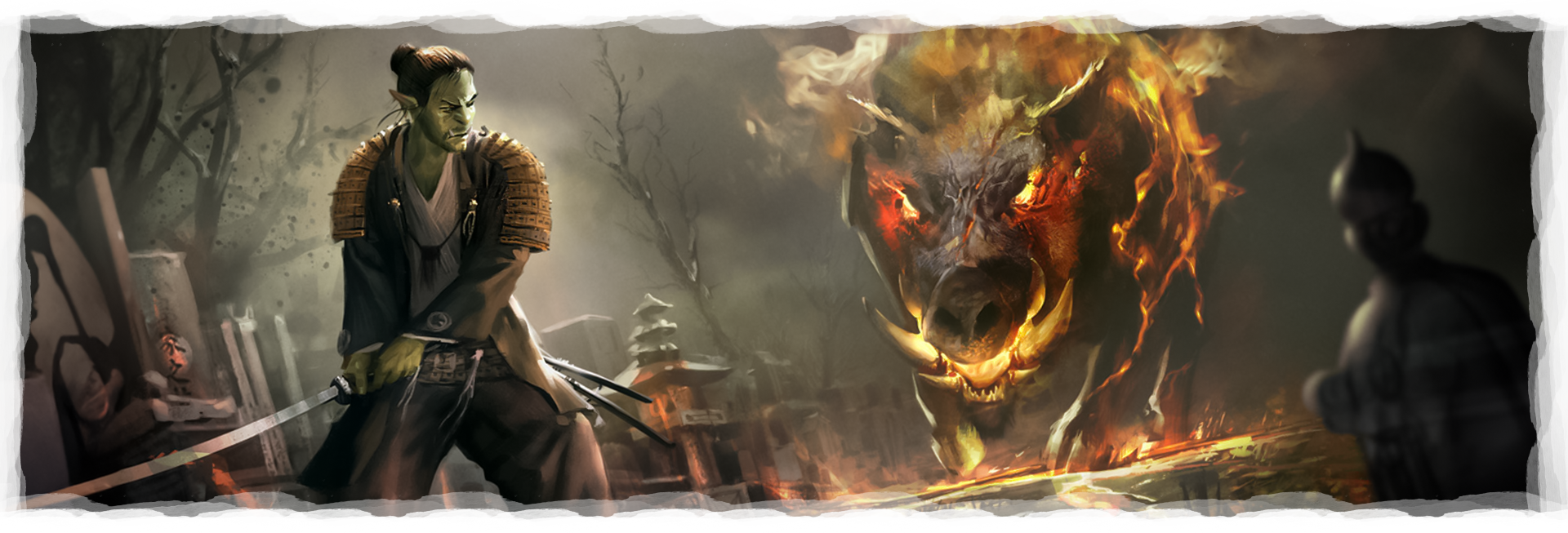
Unarmed Mastery
In orcish culture, the art of hand-to-hand combat known as "Haozhi-wu," or "Hao-Shin's Dance," transcends mere physical prowess—it embodies their unwavering commitment to discipline and the relentless pursuit of mastery. Orcs are the undisputed masters of unarmed martial combat, a revered tradition not only showcases exceptional physical prowess and mental fortitude but also stands as a testament to their enduring heritage. Its origins lie with the legendary orcish monk Hao-Shin Soulseeker, who, during a dark era of orcish enslavement by Emperor Gheng-Ra of the Oni Empire, mastered using his own body as a weapon, ultimately leading to the downfall of the Oni Empire.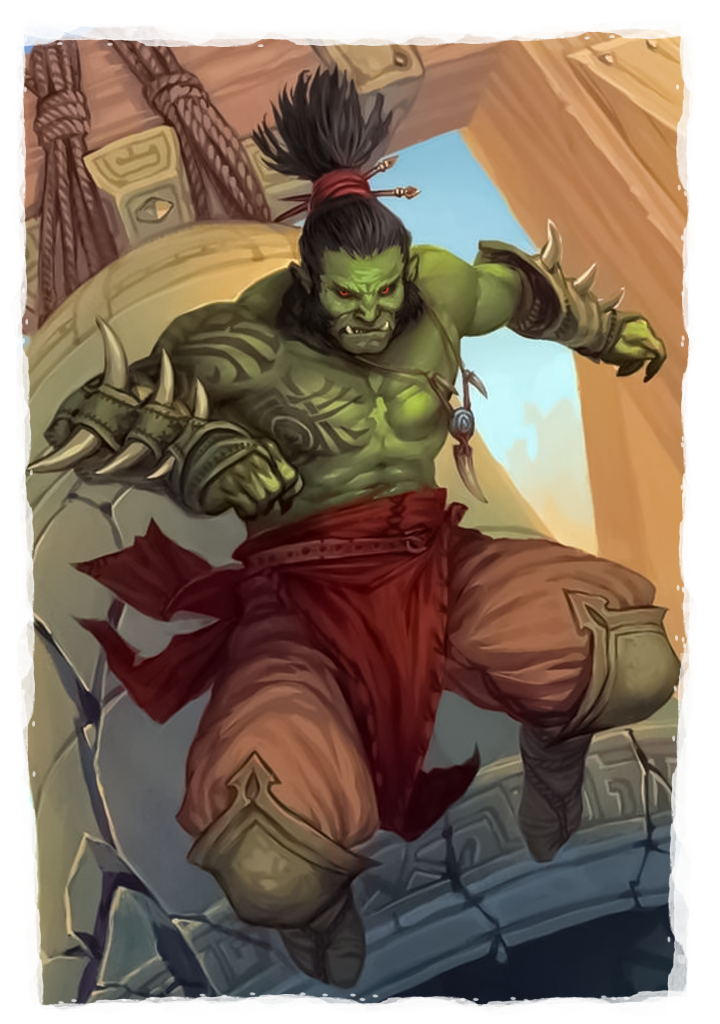
Isolationism
Isolationism is deeply rooted in orcish societies. Orcs are renowned for their profound reverence for nature and the spirits dwelling within it, instilling in them a cautious outlook towards external influences. Among the older generations, there is a concern that increased interactions with outsiders could disturb this harmony, potentially resulting in the desecration of their sacred sites and the exploitation of their natural resources. Furthermore, orcish culture places immense significance on their distinctive spiritual beliefs and practices, particularly the intricate interplay of Yin and Yang and their connection to celestial forces. Concerns linger among many orcs that exposure to the wider world may dilute or misrepresent these beliefs, eroding the very essence of their cultural identity. Historical conflicts and hostilities with neighboring societies, especially the recent clashes with the Kiteshi Empire, and past confrontations with the Nioba and the forces of the Goblin King, have contributed significantly to these isolationist tendencies. These encounters have left lasting wounds and nurtured a deep-seated distrust of outsiders. Although orcish communities do not universally embrace isolationism, there is often a prevailing sentiment that maintaining a degree of separation from potential threats is essential for both their survival and the preservation of their unique culture. This sentiment has been significantly influenced by the institution of the Dragon Emperor, a position held for centuries. Over the years, those who have held this title have cultivated a prevailing distrust of external forces, prioritizing the protection of Khitang from the disruptions of the outside world. However, it's crucial to acknowledge that not all orcish communities adhere to these isolationist tendencies. Some are more open to engaging with outsiders, recognizing the potential advantages of trade, diplomacy, and cultural exchange. One such advocate is Kai-Tung Bloomheart, known as the Radiant Moon and Supreme Matriarch of Khitang's Capital city, Xuin Lu, and ruler of Kin Zhu isle. Kai-Tung collaborates with the Dragon Emperor on matters spanning art, culture, trade, infrastructure, and diplomacy. She oversees the thriving Empire's economy and actively promotes free trade among its diverse regions and peoples. Her visionary leadership led to the connection of the Jade Path to the outside world, ushering in a wealth of exotic treasures from the western lands.Orc Names
Orcish naming conventions are rich in tradition and symbolism, reflecting the deep connection that orcs have with their ancestral heritage, nature, and spirituality. Orc names are often hyphenated, consisting of two single-syllable names, each reflective of one aspect of their parents' heritage. Orcish family names are often linked to the clan name but can also carry unique identifiers or qualities specific to the family's history or contributions. Some family names may even be translated into Trade-tongue to facilitate communication with outsiders while preserving the rich orcish tradition and legacy. Orcish clan names are often derived from geographical features, natural elements, or historical events associated with the clan's origin. These names reflect the clan's identity and heritage. As orcs achieve significant milestones or accomplishments in their lives, they may acquire titles or honorifics that are added to their names to signify their achievements. Male Names: Rai-jin (thunder and god), Tetsu-ko (iron and child), Kaze-to (wind and sword), Nobu-ji (faithful and second son), Roku-ma (sixth horse), Tai-ki (great wood), Sora-iwa (sky and rock), Takeshi-ki (fierce and tree), Hiko-ken (fire and sword), Yoshi-ho (lucky and phoenix)Female Names: Sao-Yuun (spirit and cloud), Mei-lin (beautiful and jade), Yumi-hana (archery bow and flower), Sakura-ko (cherry blossom and child), Tsuki-yoi (moon and night), Kiku-hime (chrysanthemum and princess), Yua-no (gentle and field), Asa-mizu (morning and water), Emi-ka (blessing and fragrance), Kiri-ko (mist and child)
Family Names: Ashikaze (Greymind), Isokawa (Stonewind), Yamamura (Mountainheart), Satsuki (Blossomshade), Kurogane (Ironclaw), Fujikawa (Wisteriastream), Onizuka (Demonpeak), Aoyama (Greenhill), Kaisen (Seastorm), Higurashi (Duskwater), Tsuchinoko (Earthserpent), Tamashi-oi (Soulseeker)
Clan Names: Shanhe (Mountain River), Fefang (Windy peak), Tu jiang (Earthen River), Luzhou (Green Island), Hongyun (Red Cloud), Huoshon (Fiery Mountain), Lingkong (Named after the Lingkong Temple), Xueqiao (Snow Bridge)
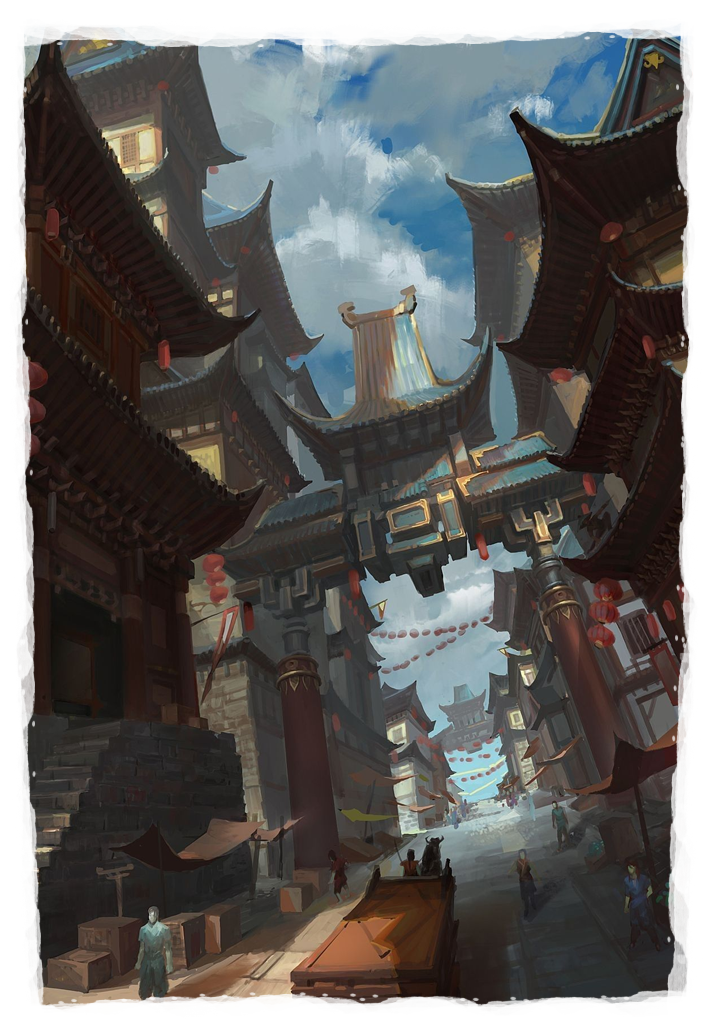
Orc Traits
Age. Orcs age similarly to humans, but due to their cultural practices and dietary choices, they tend to have a longer average lifespan than many humans.
Alignment. Most orcs respect a well-ordered society and revere ancient traditions, tending towards lawful alignments.
Size. Similar to humans, orcs vary widely in height and build, from barely 5 feet to well over 6 feet tall. Regardless of your position in that range, your size is Medium.
Speed. Your base walking speed is 30 feet.
Darkvision. The ancient curse that afflicts you and your people grants you superior vision in dark and dim conditions. You can see in dim light within 60 feet of you as if it were bright light, and in darkness as if it were dim light. You can't discern color in darkness, only shades of gray.
Menacing. You gain proficiency in the Intimidation skill.
Relentless Endurance. All orcs have some degree of warrior blood within them. Once per long rest, when you are reduced to 0 hit points but not killed, you can drop to 1 hit point instead.
Keen Strikes. When you critically hit with a melee weapon attack, roll one of the weapon’s damage dice one additional time and add it to the extra damage of the critical hit.
Languages. You speak, read, and write Trade-tongue and Orcish.
Oracle's Training. You gain proficiency with with herbalism kits and the Religion skill.
Suong-Mei's Embrace. You can channel the spiritual energy around you and send it to a creature you can see within 60 feet as an action. The creature regains hit points equal to 1d4 + your spellcasting modifier. At 3rd, 5th, 9th, 11th, 13th, 15th, 17th, and 19th, level, the healing of Suong-Mei's Embrace increases by and additional 1d4. You regain use of this feature after a long rest. Intelligence, Wisdom, or Charisma is your spellcasting ability for these spells when you cast them with this trait (choose when you select this subrace).
Warrior's Training. You gain proficiency with with bows and reach weapons.
Tao-Shun's Surge. After taking damage, you can use your reaction to gain one extra action to use on your next turn, the action can be used to make a single weapon attack, cast a cantrip, dash, disengage, hide, or to use an object. You regain use of this feature after a long rest.
Orc Traits
As an orc, you have the following properties. Ability Score Increase. One ability score of your choice increases by 2, and one other ability score of your choice increases by 1.Age. Orcs age similarly to humans, but due to their cultural practices and dietary choices, they tend to have a longer average lifespan than many humans.
Alignment. Most orcs respect a well-ordered society and revere ancient traditions, tending towards lawful alignments.
Size. Similar to humans, orcs vary widely in height and build, from barely 5 feet to well over 6 feet tall. Regardless of your position in that range, your size is Medium.
Speed. Your base walking speed is 30 feet.
Darkvision. The ancient curse that afflicts you and your people grants you superior vision in dark and dim conditions. You can see in dim light within 60 feet of you as if it were bright light, and in darkness as if it were dim light. You can't discern color in darkness, only shades of gray.
Menacing. You gain proficiency in the Intimidation skill.
Relentless Endurance. All orcs have some degree of warrior blood within them. Once per long rest, when you are reduced to 0 hit points but not killed, you can drop to 1 hit point instead.
Keen Strikes. When you critically hit with a melee weapon attack, roll one of the weapon’s damage dice one additional time and add it to the extra damage of the critical hit.
Languages. You speak, read, and write Trade-tongue and Orcish.
Spirit-Blooded
Suong-Mei, a revered spiritual leader, held the esteemed position of the first advisor to Emperor Tao-Shun. When the emperor sought counsel, she would engage in profound communion with spiritual and elemental energies to glean guidance. Suong-Mei embodied the essence of a shaman in its purest form. Her wisdom left an indelible mark, inspiring countless religious leaders within orcish society to embrace her profound philosophies. Though the sands of time have long since shifted, her teachings endure. The distant descendants of her many children continue to thrive, perpetuating Suong-Mei's profound connection with the spirits through a complex and enduring heritage.Oracle's Training. You gain proficiency with with herbalism kits and the Religion skill.
Suong-Mei's Embrace. You can channel the spiritual energy around you and send it to a creature you can see within 60 feet as an action. The creature regains hit points equal to 1d4 + your spellcasting modifier. At 3rd, 5th, 9th, 11th, 13th, 15th, 17th, and 19th, level, the healing of Suong-Mei's Embrace increases by and additional 1d4. You regain use of this feature after a long rest. Intelligence, Wisdom, or Charisma is your spellcasting ability for these spells when you cast them with this trait (choose when you select this subrace).
Warrior-Blooded
The Toshui, hailing from a storied lineage, served as an esteemed caste of honor guards deeply devoted to the first Emperor Tao-Shun, who famously triumphed over Kusatta the Bloody Mad. In the era of Tao-Shun's rule, ancient cultural customs in the initial incarnation of the Orcish Empire dictated that, in the interest of propagating strong genes within the population, the empire's most formidable warriors were granted the privilege of choosing their mates from among any females, regardless of their marital status. As a result, Toshui lineage has become widespread among orcish communities.Warrior's Training. You gain proficiency with with bows and reach weapons.
Tao-Shun's Surge. After taking damage, you can use your reaction to gain one extra action to use on your next turn, the action can be used to make a single weapon attack, cast a cantrip, dash, disengage, hide, or to use an object. You regain use of this feature after a long rest.
Genetic Ancestor(s)
Genetic Descendants
Lifespan
90-100 years
Average Height
5' 7"
Average Weight
110 lb.
Geographic Distribution
Related Organizations
Khitanese Silk
Renowned for its unparalleled beauty, Khitanese silk is not merely a fabric; it is a symbol of the orcs' rich heritage and the embodiment of their deep connection with the natural world. Khitang, the homeland of the orcs, is a place of breathtaking natural beauty, where dense forests of sakura trees, serene lakes, and towering mountains converge. It is here that Khitanese silk originates. The silk is woven from the delicate threads of a unique species of silkworm native to the region, known as the "Lunar Silkworm." These remarkable creatures produce a silk that shimmers in the moonlight, earning its renowned reputation. These silkworms feed on the leaves of ancient trees found only in Khitang. Cultivating Khitanese silk is an intricate and labor-intensive process that mirrors the orcs' commitment to tradition and craftsmanship. The silk threads are meticulously harvested by skilled artisans called "Lunar Maidens" who have honed their craft over generations. Each step of the process, from rearing the silkworms to spinning and weaving the silk, is imbued with spiritual significance. In orcish society, Khitanese silk is often used in traditional ceremonies, including weddings, funerals, and other important rituals. It is believed to bring blessings and good fortune, making it an integral part of life's most significant moments. The intricate patterns and vibrant colors of Khitanese silk also tell stories of the land's history and the orcs' enduring connection with nature.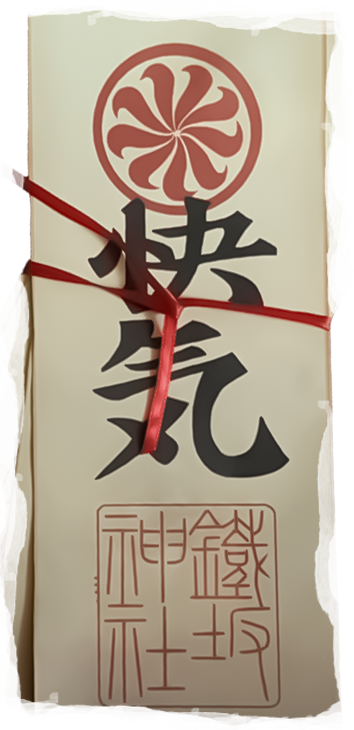

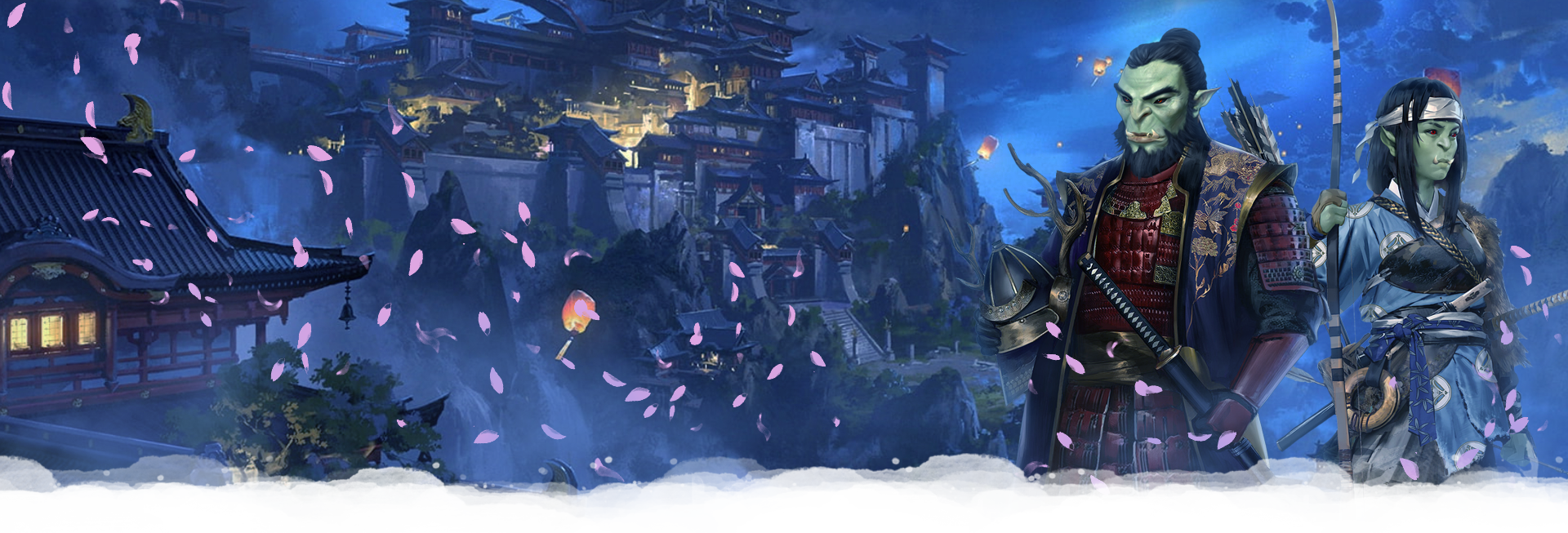

Comments